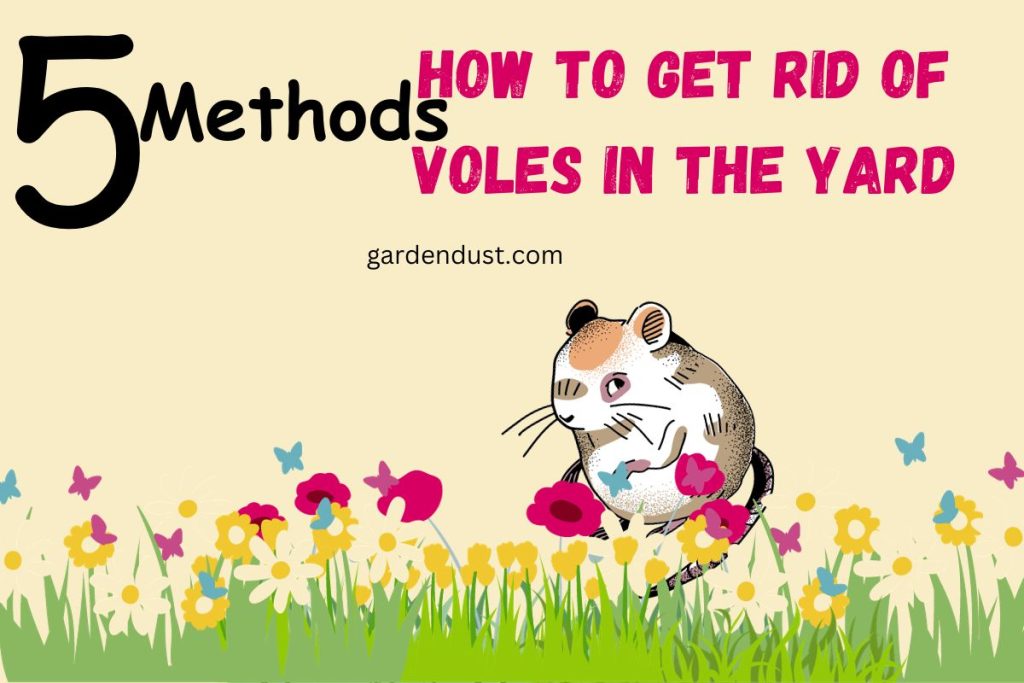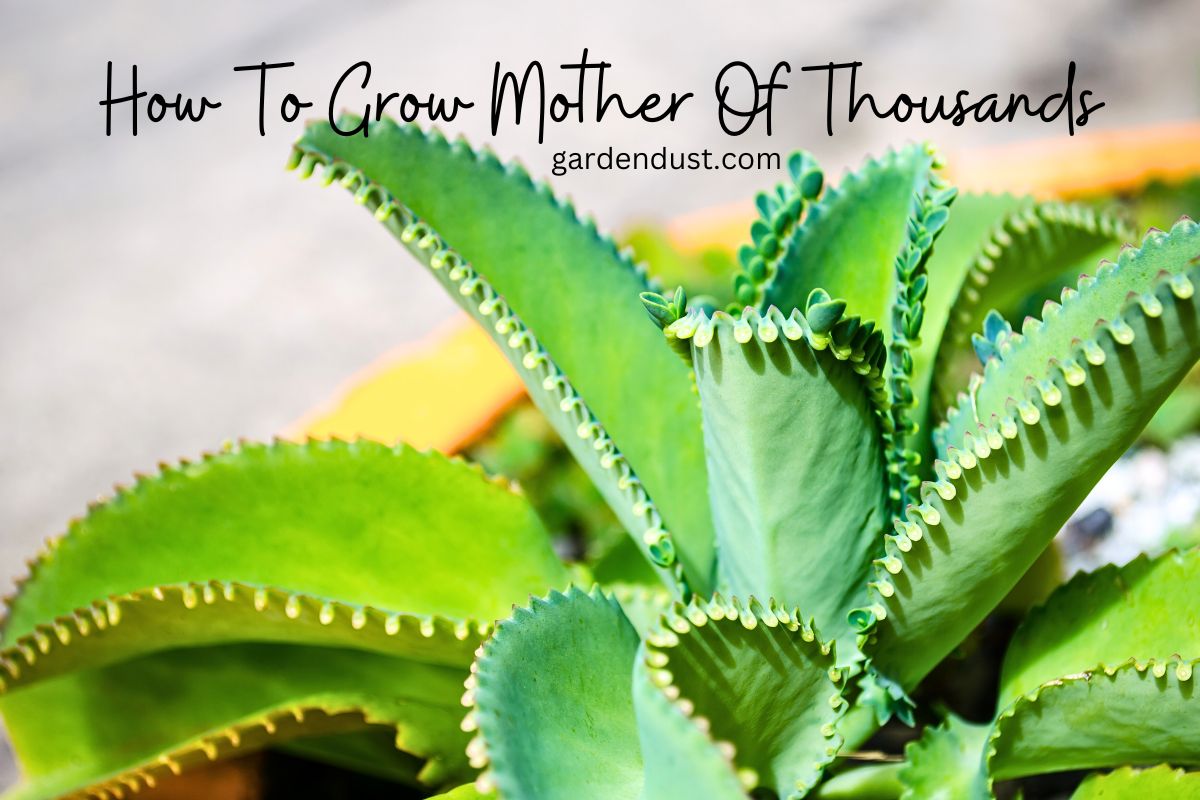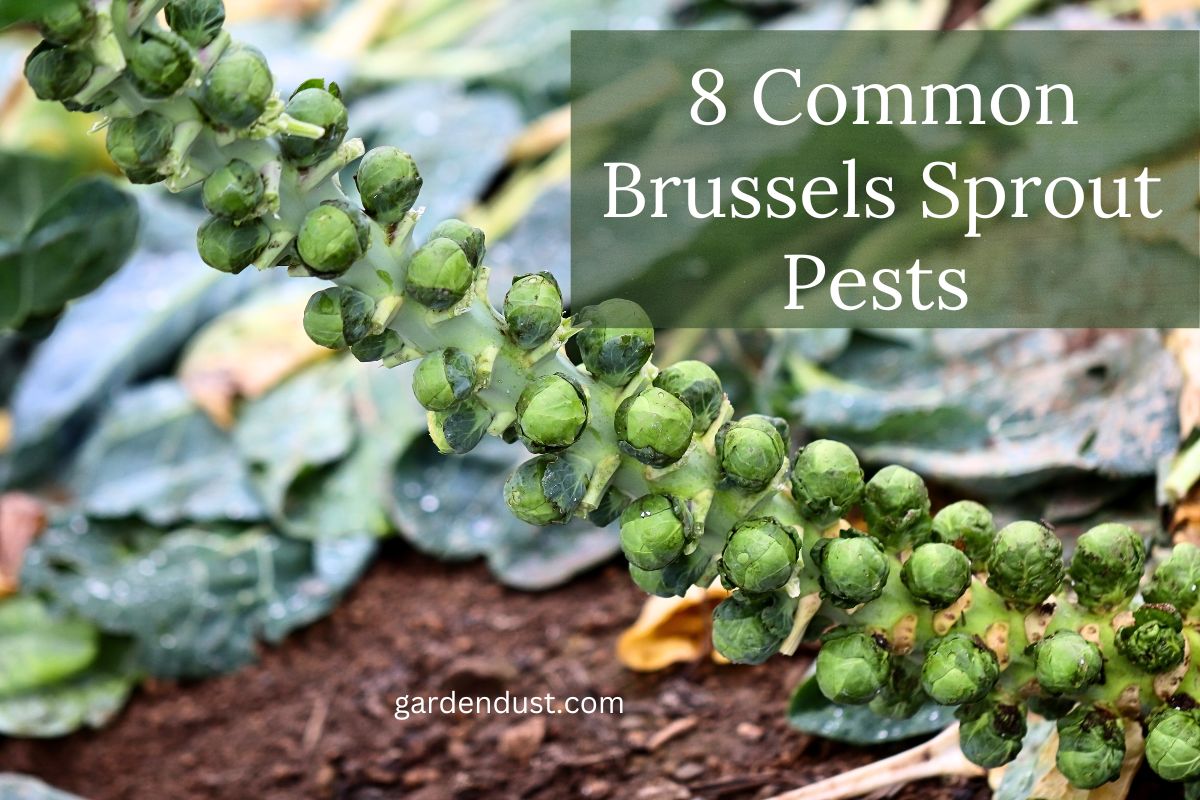Voles, also known as meadow mice or field mice, can wreak havoc on your yard by tunneling through the soil, damaging plant roots, and creating unsightly lawn damage. Dealing with a vole infestation requires a multifaceted approach that addresses both prevention and control measures. In this comprehensive guide, we’ll explore various strategies to help you How to Get Rid of Voles in the Yard to protect your yard from these pesky rodents. Let’s start…
Understanding Voles and Their Behavior
Voles are small rodents that resemble mice but have shorter tails and stockier bodies. They are herbivores, primarily feeding on plants, roots, and bulbs. Voles create a network of surface runways and burrows in the soil, which can lead to significant damage to lawns, gardens, and ornamental plants.
Identifying Vole Damage
Before implementing control measures, it’s crucial to identify vole damage in your yard. Look for surface runways, small burrow openings, and chewed plant roots. Voles can cause damage to trees and shrubs by gnawing on the bark, leading to long-term health issues for your vegetation.
How to Get Rid of Voles in the Yard-5 methods
1.Habitat Modification
One effective way to discourage voles from invading your yard is to modify their habitat. Remove tall grasses and weeds, as these provide cover for voles. Keep your lawn well-maintained, and eliminate debris that may serve as hiding spots. Additionally, reduce the use of mulch, as it can provide a protective cover for voles.
2.Exclusion Techniques
Create physical barriers to prevent voles from entering specific areas. Install hardware cloth or wire mesh around the base of trees and shrubs to protect them from vole damage. Consider using fencing materials buried at least 6 inches below ground to deter voles from burrowing into your yard. Regularly inspect and repair any gaps or openings in existing fences.
3.Natural Predators
Encourage natural predators of voles, such as owls, hawks, and snakes, to inhabit your yard. Installing owl boxes or birdhouses can attract these predators and help control the vole population. Additionally, consider introducing domesticated cats, which are known for their ability to hunt and control rodent populations. However, be mindful of potential ecological impacts and the need to protect native wildlife.
READ ALSO:-
How to Get Rid of Slugs in the Garden: 8 Methods
4.Vole Repellents
Several commercially available vole repellents can help deter these rodents. Natural repellents may include castor oil-based products, as voles dislike the taste and smell. Apply repellents around the perimeter of your yard and on plants that are particularly susceptible to vole damage. Reapply as directed on the product label, especially after rain or irrigation.
5.Trapping Methods
Trapping is an effective method for controlling vole populations in your yard. Live traps, snap traps, and multiple-catch traps are commonly used. Place traps near vole runways or burrow entrances, using bait such as peanut butter or apple slices. Check traps regularly and dispose of captured voles promptly. Be consistent with trapping efforts until the vole population is under control.
Effectively getting rid of voles in your yard requires a combination of strategies, ranging from habitat modification to trapping and natural predation. Regular monitoring and timely action are crucial to preventing extensive damage. Implementing a holistic approach will not only eliminate existing vole problems but also help in maintaining a vole-free yard in the long run. By following these detailed steps, you can enjoy a healthy and thriving outdoor space free from the destructive influence of voles. Happy Gardening….






